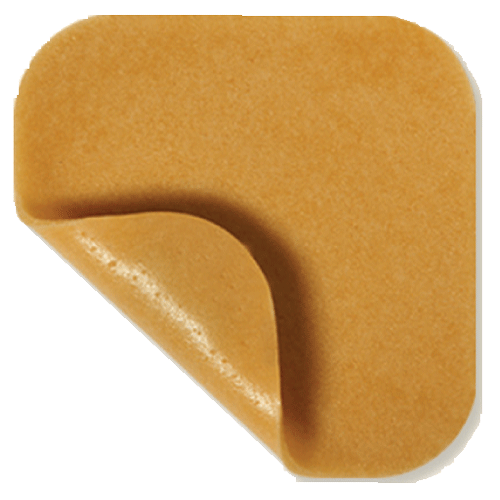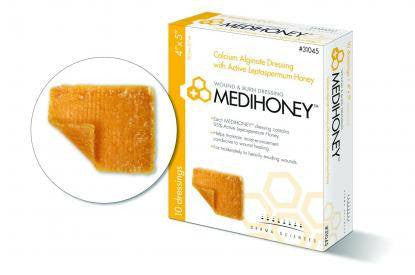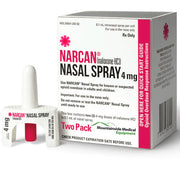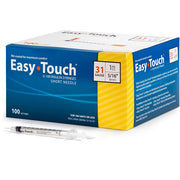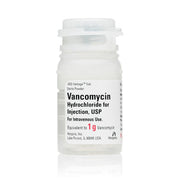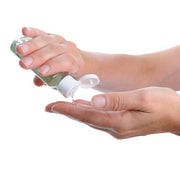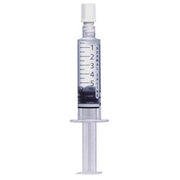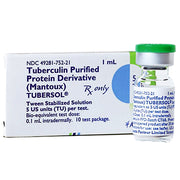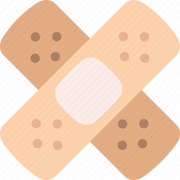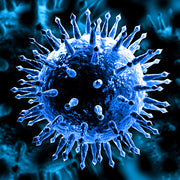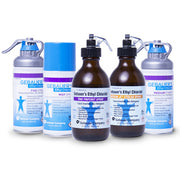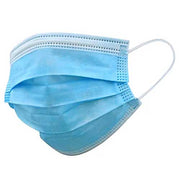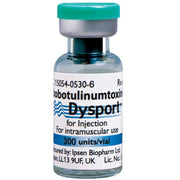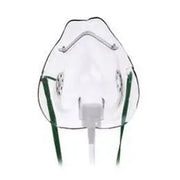Medihoney Honeycolloid Dressing 10/box
The Derma Sciences Medihoney Honeycolloid Dressing is a non-adhesive wound dressing made with medical-grade honey used to treat a variety of wounds and burns. Made with 80% Leptosepermum Honey, this antiseptic wound care product provides anti-inflammatory, bactericidal and bacteriostatic protection, odor-control protection and features debridement properties. This dressing is easy to place, comes in two sizes and maintains a healthy wound environment for healing.
Therapeutic effects of honey-based dressings
- Anti-inflammatory
- Bactericidal and bacteriostatic properties
- Debridement properties
- Odor control properties
- Retains bactericidal activity in vitro even after dilution
Medihoney Benefits
- Ingredients are non-toxic, natural and safe
- Comes from a traceable source
- Is free of pesticides and antibiotics
- Sterilized by gamma irradiation destroying any bacterial spores, without loss of product effectiveness
How does medical-grade honey work?
This particular species of honey has been known throughout Europe and other countries for years to have great antibacterial properties and benefits in wound care. When a Medihoney dressing is placed on the wound, the honey pulls moisture from deeper tissues up to the surface keeping the wound moist. As it does this, hydrogen peroxide is produced by an enzyme in the honey, glucose oxidase, which contributes to it’s antibacterial activity.
This activity, plus the honey’s general resistance to bacteria gives it it’s bactericidal and bacteriostatic properties. The outflow of fluid also helps to remove necrotic tissue from the wound bed, making room for new, healthy tissue to develop. This type of wound dressing is natural, safe, very easy to use and has been proven to be effective in a variety of situation. Simply place on the affected area and cover with a secondary dressing to hold it in place and watch as your patient’s wound heals!
Honeycolloid Dressing Applications
- Can be used similarly to an alginate or a hydrocolloid paste to either cover or fill a partial-to-full thickness wound
- For wounds with light to moderate drainage
What is Leptospermum Honey?
- The most studied type of honey for the management of wounds and burns
- Derived from the pollen and nectar of specific Leptospermum species of plant in New Zealand and Australia
- Unique in that it maintains its effectiveness even in the presence of wound fluid
- The only species of honey that has been shown in randomized controlled studies to help wounds – that have stalled under first-line treatment – to progress towards healing
Medihoney Non-Adhesive Dressing Features
- Made with 80% active Leptospermum honey
- Pad forms a gel as it warms up with body temp and comes into contact with wound fluid
- Cleanses and debrides
- Helps lower overall wound pH level
- Creates a moisture-balanced environment
- Conducive to optimal healing
- Non-toxic, natural, safe
- The potential for extended wear time (depending on level of wound exudate)
- Easy to use
- 2" x 2" or 4" x 5" size
- 10 per box
- Sold by the box
**Price varies depending on size chosen
Medihoney is great for…
- Skin grafts
- Infected trauma wounds
- Necrotizing fasciitis (Fournier’s gangrene)
- Abscesses
- Pilonidal sinuses
- Ulcers - Pressure ulcers, leg and foot ulcers, rheumatoid ulcers, tropical ulcers (Naga sores), and malignant ulcers
- Lacerations to the leg
- Traumatic wounds
- Burns and scalds
- Meningococcal septicemia skin lesions
- Surgical wounds/infections
- Herpetic lesions
- Atopic dermatitis
- Animal bite wounds
Examples of Microorganisms against which Honey is effective
- Methicillin-resistant Staphylococcus aureus
- Staphylococcus aureus (various)
- Vancomycin-resistant enterococci
- Vancomycin-sensitive enterococci (various isolates)
- Pseudomonas aeruginosa
- Beta-hemolytic streptococci (various isolates)
- Alcaligenes faecalis
- Citrobacter freundii
- Escherichia coli
- Enterobacter aerogenes
- Klebsiella pneumonia
- Mycobacterium phlei
- Salmonella California
- Salmonella enteritidis
- Salmonella typhimurium
- Serratia marcescens
- Shigella sonnei
- Staphylococcus epidermidis
- Staphylococcus capitis
- Staphylococcus haemolyticus
- Staphylococcus simulans
- Staphylococcus warneri

